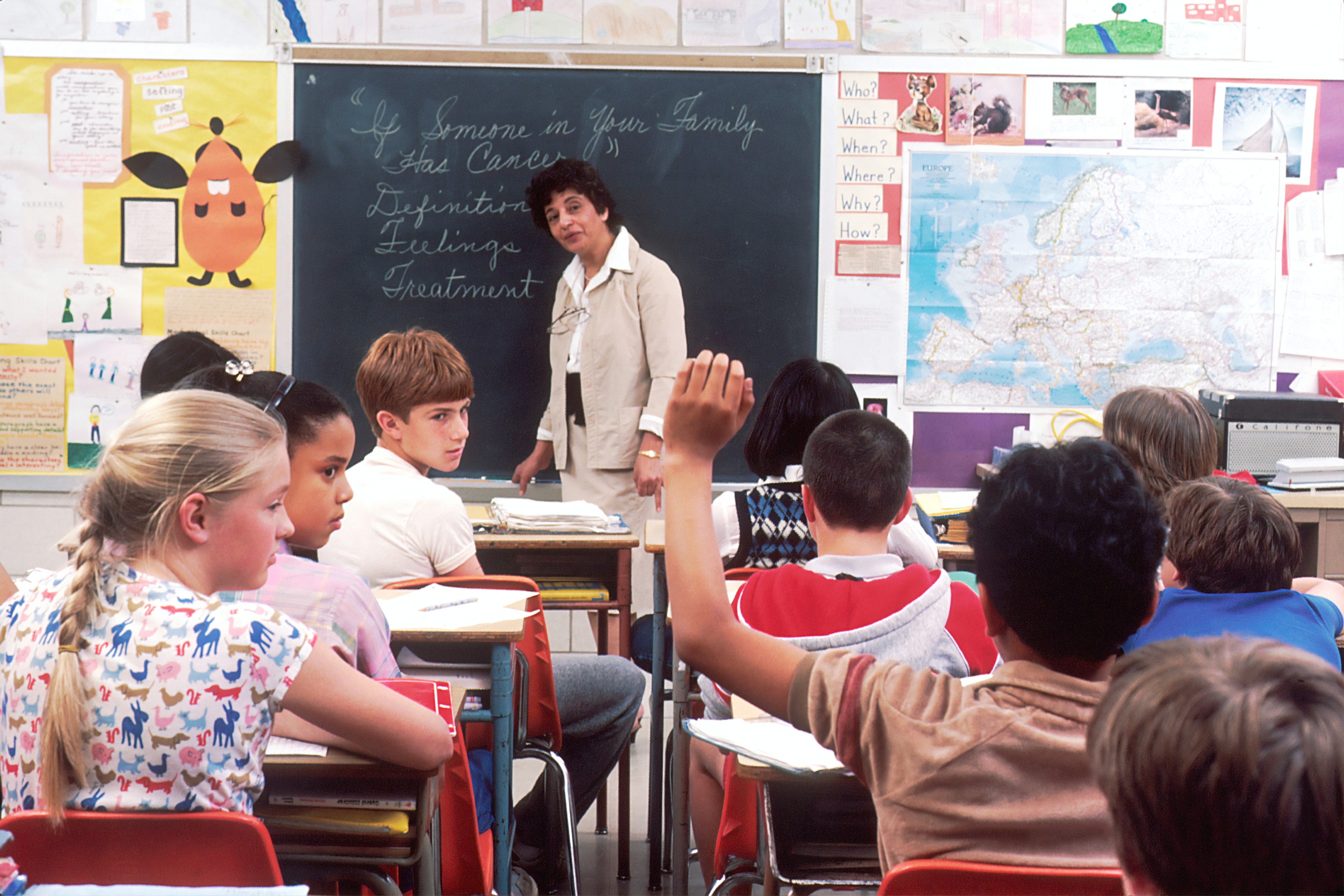Teacher Shortage

The United States is currently seeing one of the greatest teacher shortages ever, meaning there are not enough staff members in schools to teach students.
This issue isn’t new, as poorer neighborhoods have been experiencing teacher shortages for years. However, the issue is getting gradually worse for some states such as Mississippi, Arizona, and Florida.
Some states are now lowering the qualifications for teachers in hopes of gaining new workers. The state of Florida, for example, has allowed American veterans to teach without a bachelor’s degree and Arizona has allowed college students to teach in classrooms as well. The shortage stems largely from the COVID-19 pandemic, along with low wages and the restrictions teachers face on what topics they can and can’t teach.
The crisis has recently become political. The Democratic party favors spending more money on education to try to help schools with less money.
However, many Republicans see this shortage as evidence that the state education system is failing and therefore teacher unions (groups that fight for teachers’ rights) must be removed. They also believe in putting less money into the public school system since the money already being spent isn’t proving to make a difference.
Some solutions have been suggested to fix this shortage, including giving teachers better pay, decreasing the qualifications for who can become a teacher, and increasing class sizes.
Critics argue that increasing pay won’t make all teachers stay if they continue to feel unmotivated to teach because of increased restrictions from the pandemic. Some also claim increasing class sizes will also prevent students from building close relationships with their teachers, lowering the quality of students' education. Because of these issues, finding more teachers has become a top priority for schools.
In places like Wisconsin, school districts have started hiring more substitute teachers and giving them better pay. In Arizona, schools are working to keep the teachers they already have and pairing them with student teachers in hopes of setting the foundation for a new generation of educators.

